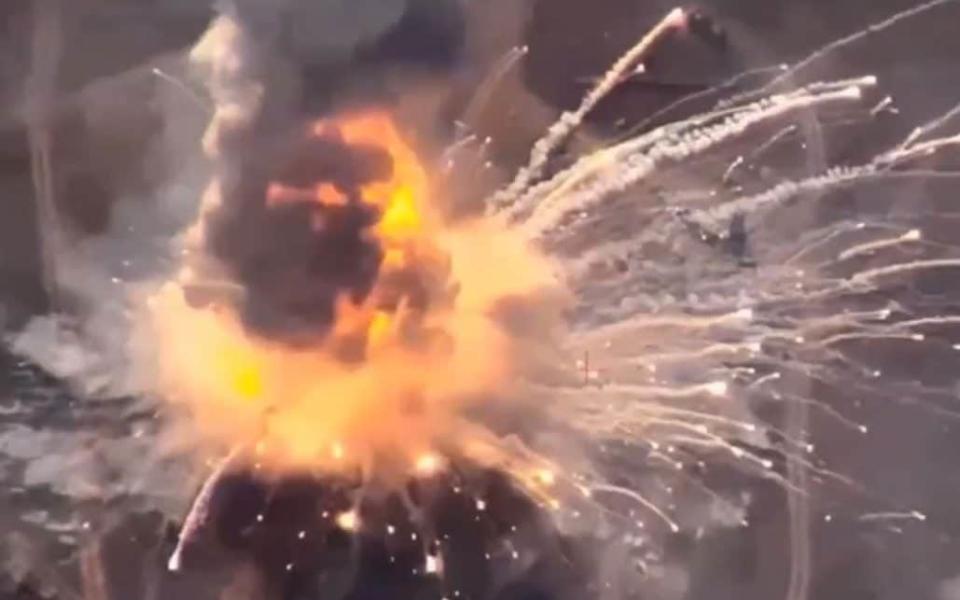Crimea – totemic, strategically essential, Putin’s “unsinkable aircraft carrier” – is starting to look unseaworthy.
There are four main arteries supplying it. To the east, the Kerch road and rail bridge and two ferries. To the north, partly in response to previous attacks, a rail route. There are normal roads there as well, but they are less useful for moving large stores from A to B. Crimp these arteries and, while you might not sink the carrier, you would render it without propulsion, weapons and food.
The symbolic Kerch Bridge has already been attacked twice, once by a truck full of explosives and once by Uncrewed Surface Vessels (USVs). Both resulted in damage and repair bills, but neither was decisive.
With President Biden lifting the restriction on the use of certain US supplied weapons in Russian occupied territory, the US Army’s Tactical Missile System (ATACMS) could now be used to hit the bridge, as well as existing stocks of Storm Shadow and other air-launched weapons. Getting the latter in position arguably requires greater air control than Ukraine has, but the number of tools Ukraine has for wrecking the bridge (and other arteries) for good is increasing.
Now we can add one more to that list: the Stalker 5.0 USV. The reports on this new weapon indicate that it is not dissimilar in terms of range (372 miles) and speed (c 40 knots) to the Magura V5, the USV that has driven Russia’s Black Sea Fleet out of Sevastopol. The payload (150 kg) is a little lighter than the Magura’s 200kg. But the most important difference is cost.
The Stalker costs in the region of £50,000; the Magura £210,000. For the same price, your total payload goes from 200kg to 600.
In a war of sustainability, cost is nearly as important as payload. Ukraine needs to be able to last the duration of the fight in reasonable fiscal and economic shape.
Without detailed plans of the bridge, no one can predict with certainty what payload would bring a span down and take it out for good. But a thousand kilograms of high explosives driven with precision would cause huge damage and, at that price, you might as well just keep going until you succeed.


Russia knows this is coming, and a protective necklace of barges is back in place. But this crude defence mechanism only needs to be breached once, and between the drones and ATACMs the pressure is already ratcheting up, with ferries struck, and the railway to the north exposed.
While railways are easier to repair than bridges. if you are accurate (and ATACMs are) and take out key nodes, the time and cost creep up. This isn’t about retaking Crimea per se, it’s about rendering it useless as an operational node.
Ukraine’s armed forces have already demonstrated that they can conduct simultaneous attacks from land and sea, as well possess an ability to strike this bridge. The Stalker USV now adds mass to this effort.
Extreme caution is required when extrapolating any sense of optimism in the maritime environment into the land battle. But choking out Crimea would be so embarrassing and costly that it has to be worth pursuing. Vladimir Putin knows this and is putting his forces into position to counter any such effort, diverting them from other efforts – with no guarantee of success.
Tom Sharpe is a former Royal Navy officer and frigate captain
Broaden your horizons with award-winning British journalism. Try The Telegraph free for 3 months with unlimited access to our award-winning website, exclusive app, money-saving offers and more.
